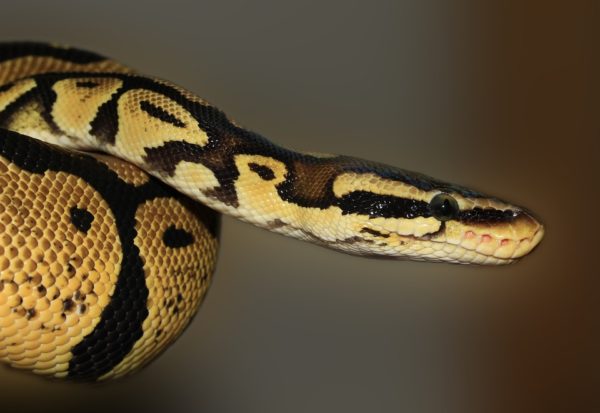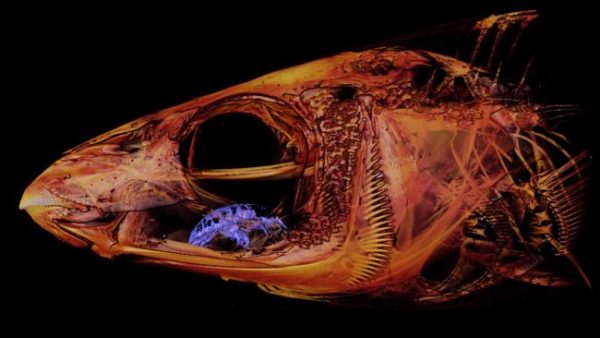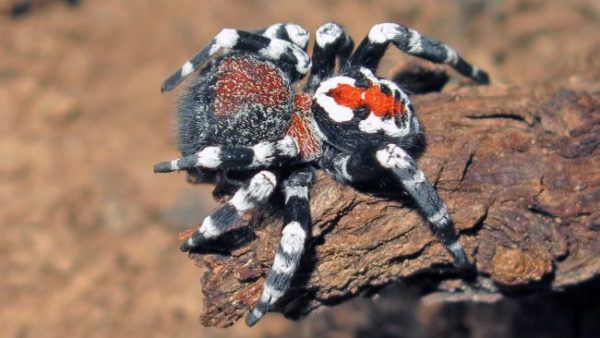Female Python Gives Birth Without Male Contact in At Least 15 Years
Snake #361003 at the Saint Louis Zoo has laid a clutch of eggs despite not being near a male snake in decades. The ball python, at least 62-years-old, surely deserves a name after pulling off the remarkable feat. The snake has been at the zoo since 1961 and hasn’t even seen a male snake in more than 15 years. “We’re saying 15 plus years, but I mean, it’s probably easily closer to 30 years since she’s been physically with a male,” Mark Wanner, the Zoological Manager of Herpetology told CNN. Full Story at LGBTQ Nation












